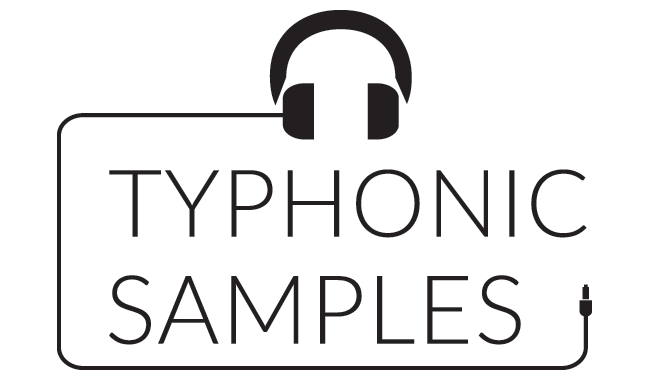Hi there! Welcome to Episode 5 of the Music Production Series, this time about how to get rid of a muddy bass through equalization. If you’re new to this; the Music Production Series is all about the fundamentals of music production. We discuss things like the tools in DAWs, dynamics of sound, how to build a song and more! As we proceed with the series we are gradually going more in depth with the essentials of producing music. This series is for anyone who wants to learn a lot of new stuff or simply refresh on the basics!
Click here for episode 3:
- What is Equalization and what are equalizers?
- Low, Mid and High ranges of your equalizer.
- What does equalizing your sound mean?
- Why do I equalize my sound?
- Working around Pain-borders through equalization.
- Finding Sweet-spots through equalization.
Alright, so without further ado, lets jump into it!
What is Muddy Bass and how do I get rid of it?
Today we’re going to discuss how to resolve ‘Muddy Bass’ through equalizing. If you’re bass is muddy it means the frequencies of bass coming through can seem a bit messy, disturbing and/or unbalanced. This can happen when you, for example, have a kick and bassline overlapping in your sequence. There are a couple of ways to make them work together nicely. One of them is of course equalization. The other one is side-chaining your bassline to your kick. Sometimes a combination of both is what does the trick. If you’re wondering what side-chaining is: If you chain you’re bass to your kick, the bass-line will react to your kick. Meaning, if your kick is active, the bass-line will drop in volume to the extent you set the side-chain to. There are a lot of tools for this and in further episodes I will go in depth with side-chaining. Sidechaining is applied in most tracks and can deliver crazy results!
However, side-chaining is for another time! I’m going to show you how to minimize the ‘mud’ in your bass-sequence via equalizing your kick and bass.
Analyze your sound(s).
The first thing you need to do is assign your kick and bass to their own mixer-channel. Now, for both, load an equalizer tool on their mixer channels and open both equalizers. Put them next to eachother and the first thing you need to do is simply analyze the frequencies while they are playing. (A good trick when working on the filtering of sounds is to only play the sounds in question. So in this instance, just your kick & bass-line). In the image below you see the equalizer for your kick (left) and for your bass (right).

Get rid of the mud.
What you will notice is that they are both vibrating a lot in the lower Hertz (Hz). 9 out of 10 times they are overlapping in frequency. Meaning; there are ranges of frequencies that they both vibrate in. What you want to check out is what happens when you give them their own field of vibration (to an extent). Find a place where you see both your kick and bass heavily vibrating and minimize the amount of volume in that Hz range for either your kick or bass. In the image below you see the same kick and bass but now the bass has a dip in volume in a range of frequency both the kick and bass heavily vibrate in – the arrow points out the frequency on the frequency-row of this equalizer (in this case around 40 Hz).

… This allows both sounds to breathe. They are simply not heavily fighting over position in that specific range of frequency anymore. Most of the time this ‘fighting over position’-phenomenon creates the mud I was describing. Now, I want to point out that each bass or kick has their own respective field of frequency they vibrate in. This means that you’ll just have to experiment A LOT with the above technique to achieve your goal. Maybe you’ll even have to do it for more than one range. Maybe you want to completely get rid of certain frequencies of your kick, or bass etc. You also might not want to lose power as you are lowering volumes, so you want to find a certain balance and maybe even up the volume of certain frequencies to make sure you keep the power.
Note: Don’t overdo it! If you can’t get the result you are looking for (and still have a muddy bass) you should try side-chaining, but as said, that’s for another episode.
Experiment with your equalizer.
Equalizing is all about experimenting. And, the more you experiment (especially when trying to make two sounds work together) the more fluent you’ll become in the processes. You are litterally training your ear. The more you do it, the better you become at recognizing frequencies without even visually seeing them. This allows you to create a quicker and more efficient work-flow all around. It allows you to visualize your end goal better and recognize what you need to do with your sounds in order to achieve that. So, definitely experiment with equalizing (and remember that trying to make two sounds work together nicely can really boost your knowlegde/understanding!)
Equalization is essential for every production. It allows you to make your production very crisp and clean. It allows you to balance your production in a way that simple volume management can never achieve.
Stay tuned!

